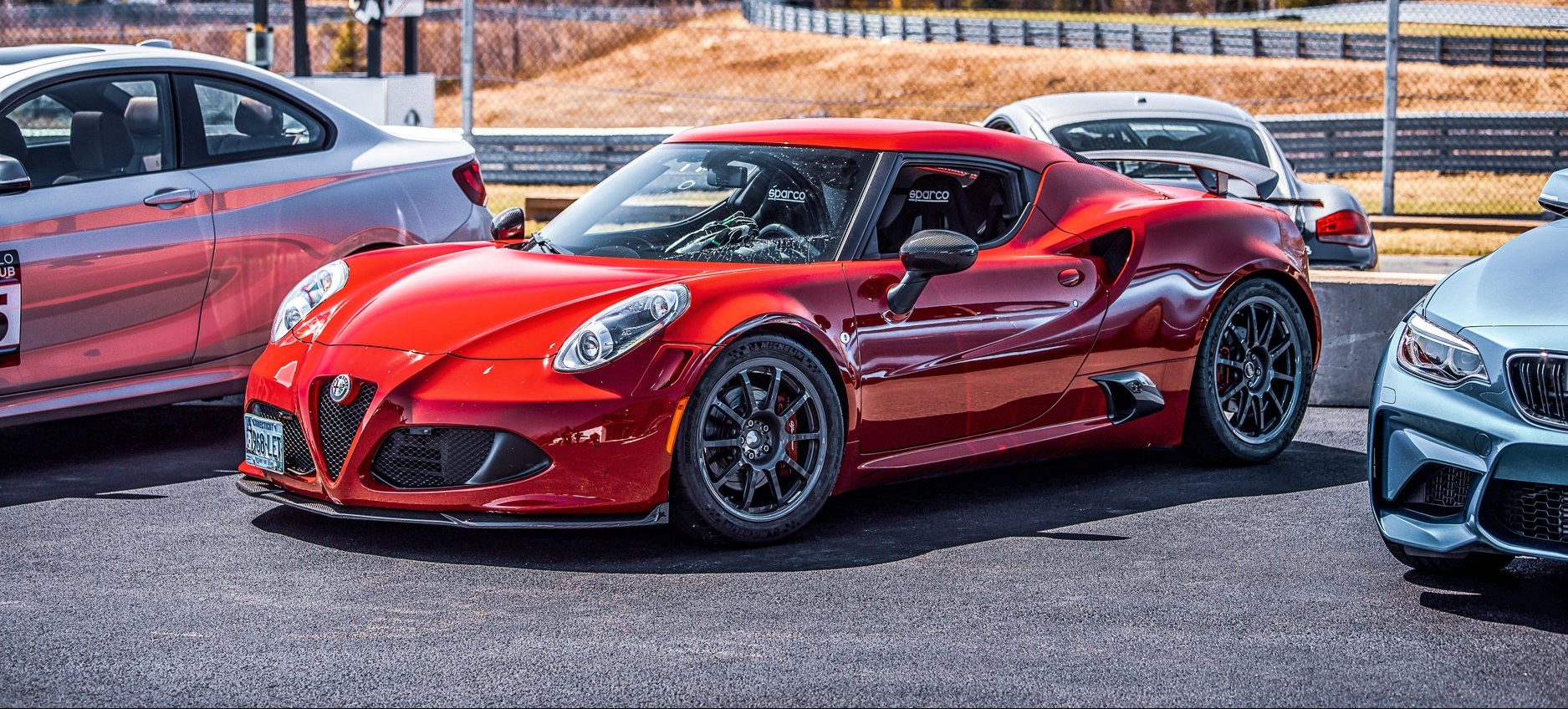Proper brake preparation, to help keep you on track
Track day brake upgrades
The basics
Should you upgrade your brakes before you head out on track? Read on to find out…

There’s nothing quite like taking your car on track to put a big smile on your face. Being able to drive it hard, without worrying about other road users or speed cameras, is something that comes highly recommended; it’s the reason that track days are booming all over the world.
One area that you should carefully consider is braking. You will be subjecting your car to much more frequent and intensive braking than you ever would on the road, and this can have a dramatic effect on your ability to stop. Most stock setups will be struggling after just a few hard laps, resulting in far reduced braking ability – or even complete failure.
This loss of braking is caused by a build up of heat, which literally boils the brake fluid, resulting in the middle pedal going soft. Also known as fade, it’s one of the scariest things that can happen on track. Hard laps also lead to a build up of hot gasses on the discs, which can soon leave the stock pads in a sorry state. This loss of friction (essential for effective braking) combined with boiling brake fluid is the number one reason that drivers of stock cars have their fun cut short on track. The only remedy is to stop and let the brakes cool. However, with a little planning and some careful upgrades, you can ensure you enjoy your track day to the full.
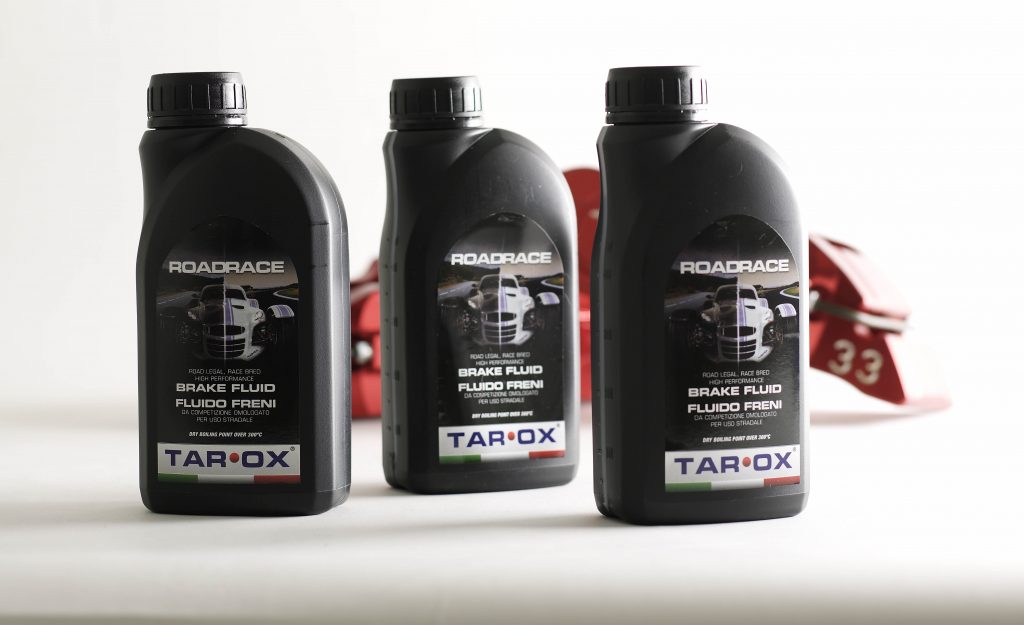
Brake fluid
Manufacturers use brake fluid that’s designed for general use, which has a relatively low boiling point. A few hard laps on track will soon overwhelm it, leading to a serious or even complete loss of braking power. If you’re heading on track, use something like DOT4 fluid, which is compatible with most modern cars, but also has a high boiling point. TAROX Roadrace brake fluid will do the job nicely.
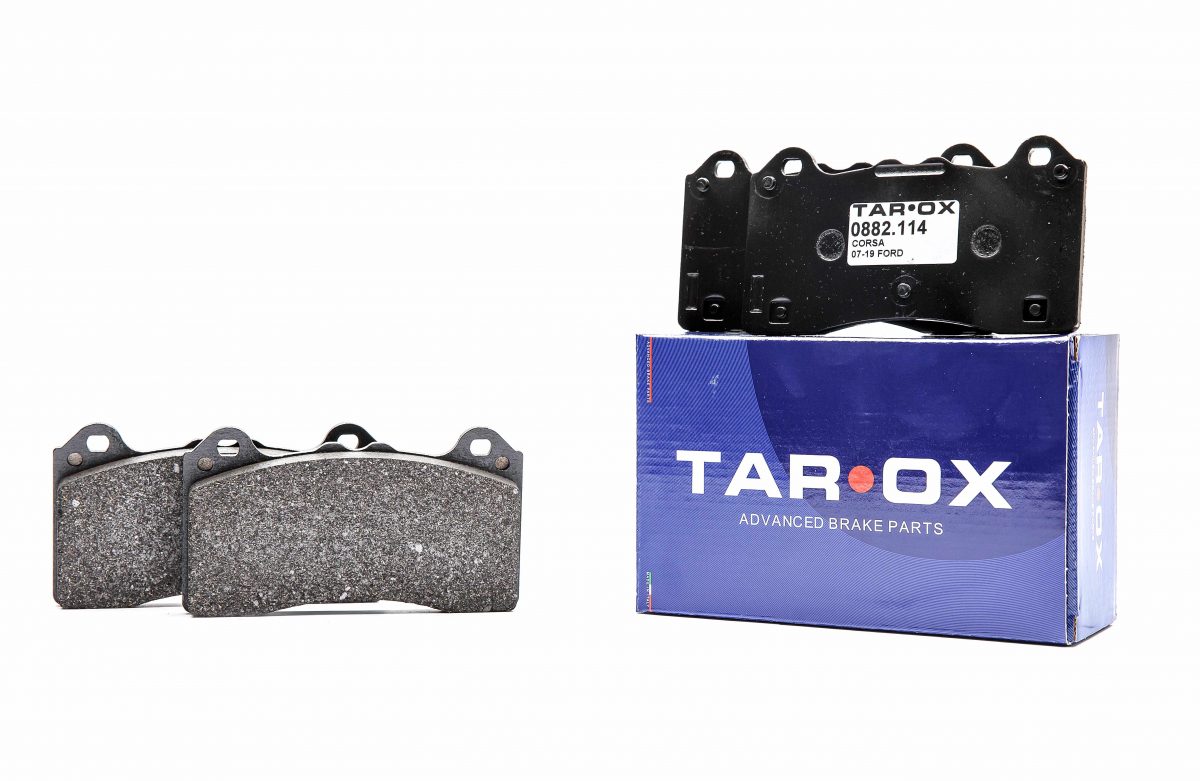
Pads
Fitting a set of uprated brake pads is a sure-fire way to improve your car’s ability on track. However, don’t go rushing for the dedicated track compounds just yet! While these hardcore pads will offer serious bite, they are also noisy, take time to get up to optimal operating temperature and will soon wear your discs (certainly not recommended for day-to-day use). In an ideal world, you would have a set of dedicated track pads ready to fit at the circuit, then replace your road pads to get home. But for the track novice, or those who do occasional track days, you’re better off looking at an intermediate pad with a less aggressive compound; something like the TAROX Corsa. These pads offer a nice balance between outright braking performance and comfort – ideal for a road car that does the odd track day.
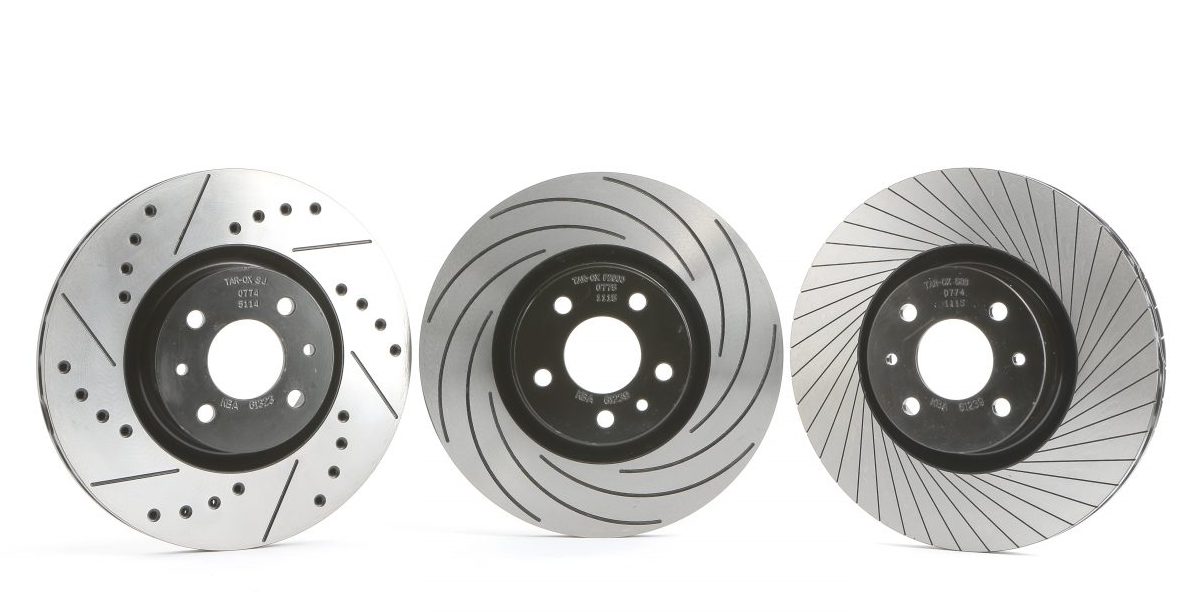
Discs
When it comes to discs, there are a multitude of designs available, but for track driving, we’d recommend staying away from cross-drilled units, which can crack due to the immense heat being generated – the last thing you want on track. A set of spiral-grooved discs, like the TAROX F2000, will do the job very well, offering a good balance between cooling and integrity.
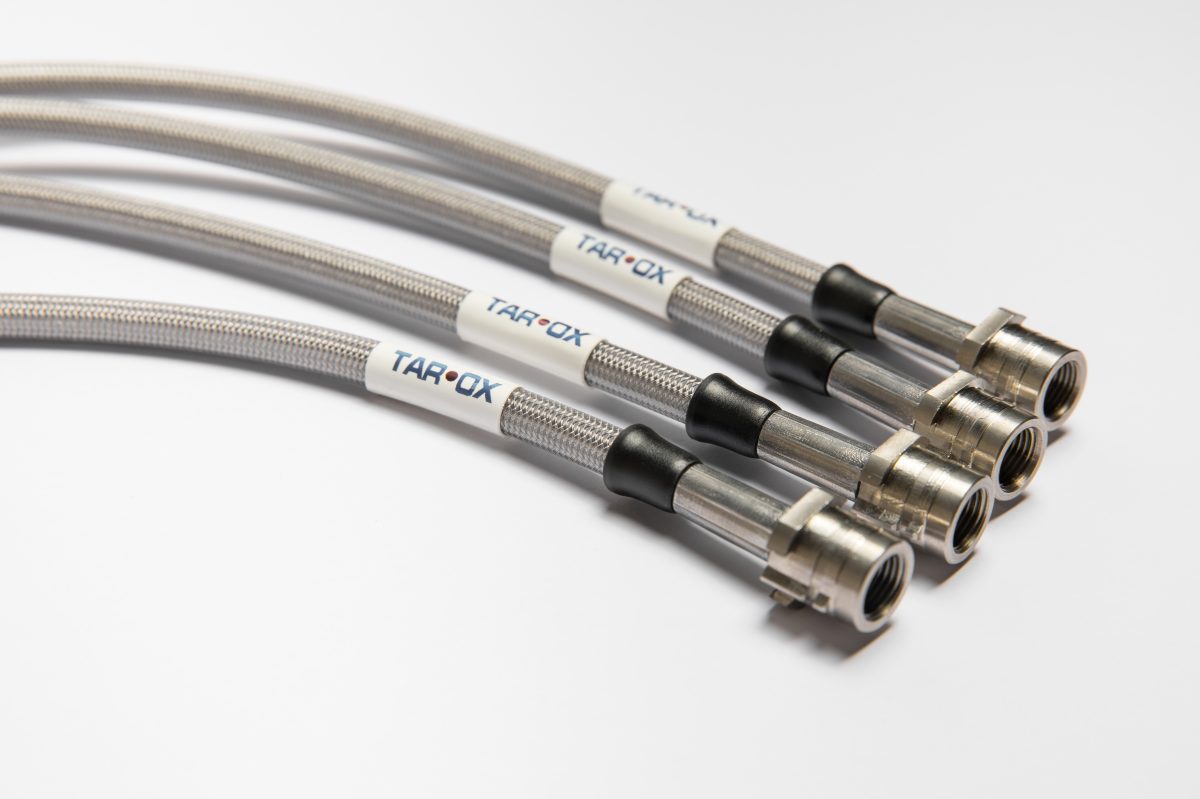
Brake lines
Braided brake lines not only look great, they also serve a purpose: to improve pedal feel by resisting the ‘ballooning’ that can occur with stock rubber hoses. However, they should only be considered after the discs, pads and fluid have all been upgraded and must only be fitted by a fully trained mechanic to ensure they work effectively and remain securely attached during hard use. Braided lines should never be considered as a DIY job, as any failure could prove catastrophic.
Getting serious…
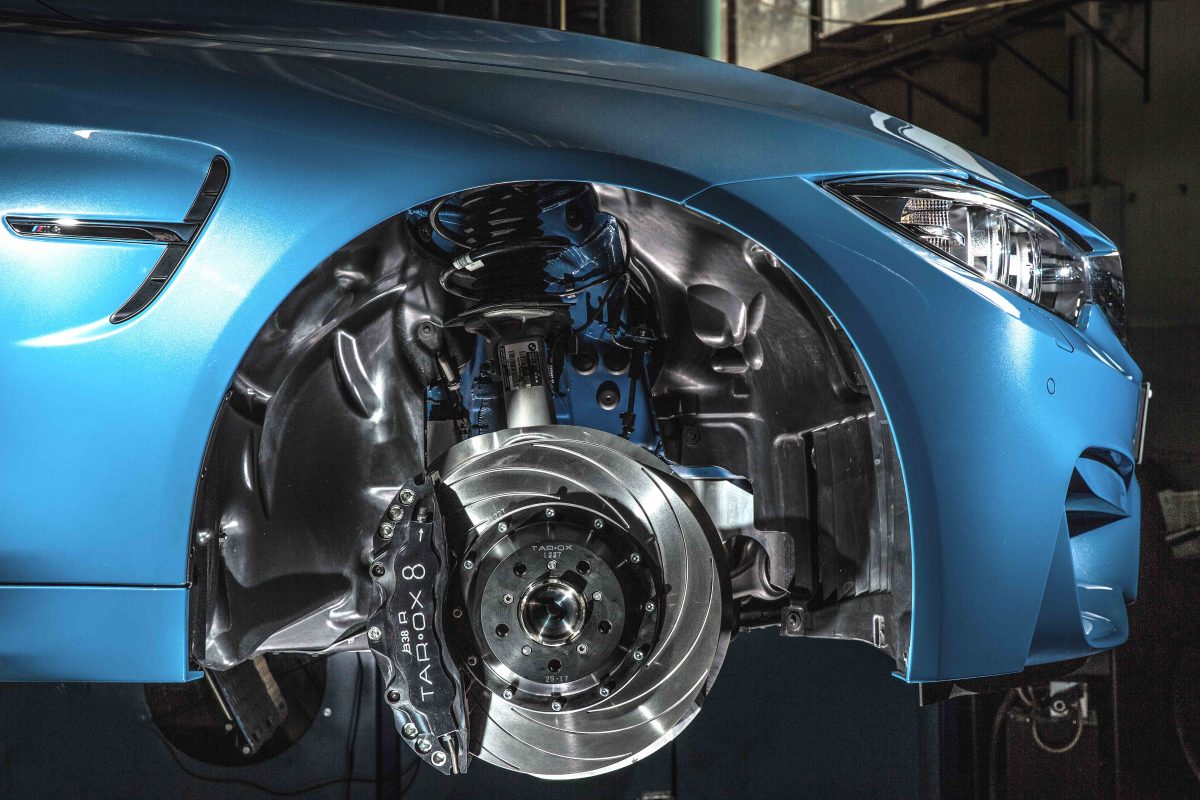
For those who become regular track day drivers, the prospect of continually replacing worn discs and pads will soon lose its appeal. And even if you do upgrade them, an OEM brake setup will have its limits. The next logical step is to install a big-brake kit from a reputable manufacturer, which has been specifically designed to offer improved performance for the model in question. Larger calipers offer increased clamping pressure; the pads can bite harder and the discs are able to cool faster.
Although a big-brake setup is a significant investment, for a driver that spends a lot of time on track and intends to keep their particular car for the foreseeable future, they can’t be beaten. You will spend less time waiting for your brakes to cool and less money replacing worn discs and pads.
Testing, testing
When selecting a big-brake kit for your car, ensure that it has been specifically developed for the model in question and that replacement parts are readily available for the foreseeable future. With safety critical components such as brakes, you should never try to mix and match items e.g. OEM+ calipers, from other models. Also beware of used parts, as there is no way of truly knowing the history of them. If you are not able to invest in a brand new big-brake kit from a reputable manufacturer, we advise sticking with your stock braking system.
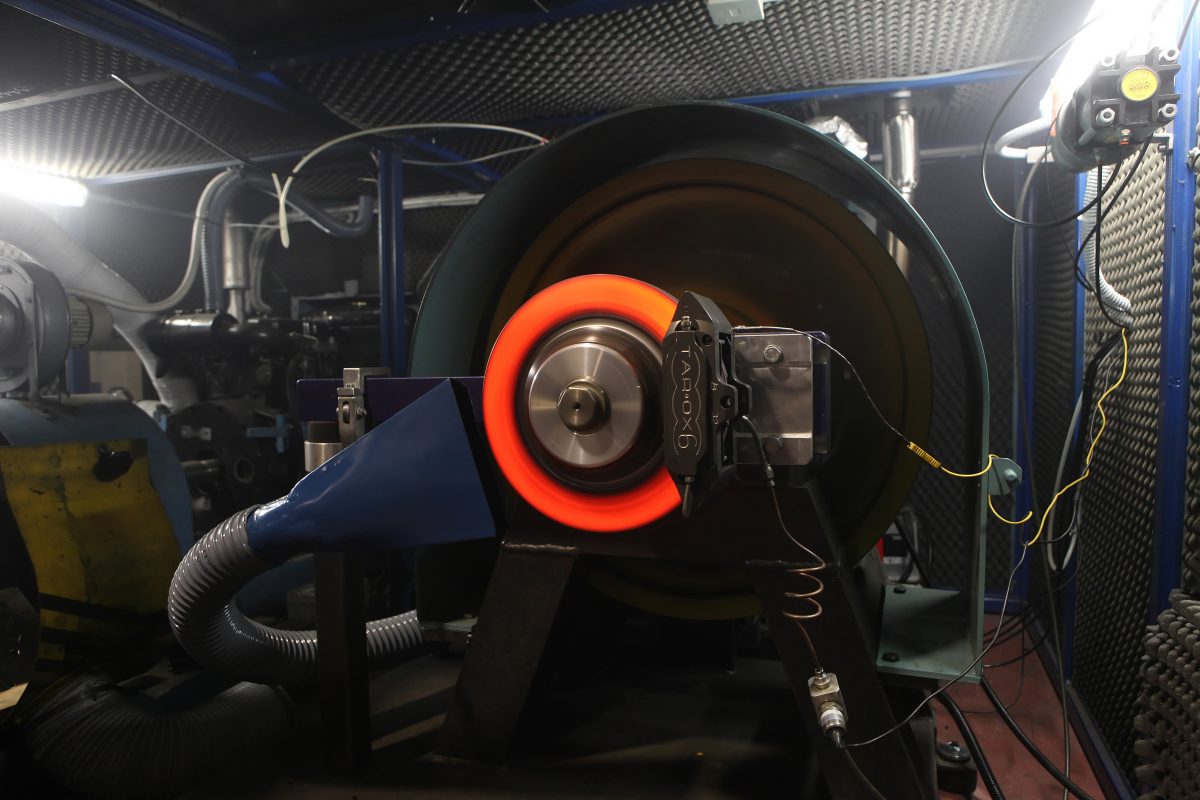
Brakes first
Tempting as it may be to uprate other areas of your car first, if you’re planning to go on track, you really should focus on braking. There’s no point having a tuned engine and uprated suspension if your stock brakes give up after two laps and you have to stop to let them cool. Uprated brakes will allow you to enjoy your day by providing consistently fade-free performance lap after lap.
Do it properly
As with any vehicle modifications, you must ensure that everything is carried out to a very high standard by a trained mechanic. But this is even more important wuth safety critical components such as brakes. We therefore recommend only using a reputable specialist for brake upgrades and to also have them regularly checked and maintained.
The most important thing…Be safe and have fun!
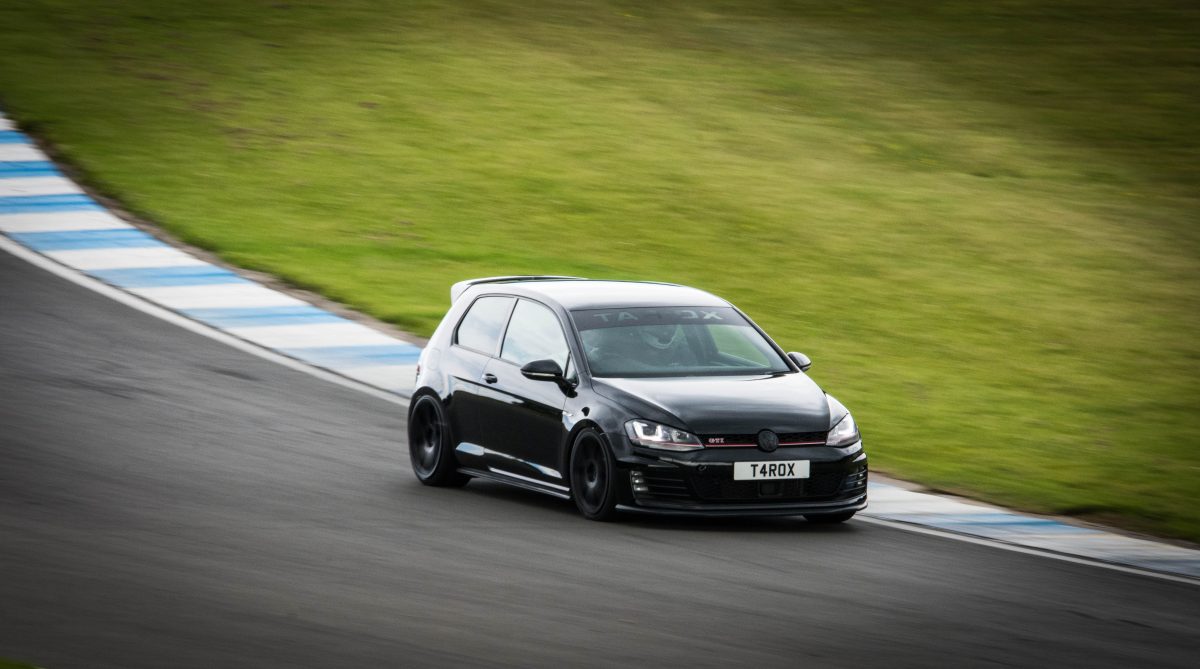
Previous article« Fiesta ST Product Guide
Next articleHyundai N Performance Brake Range »

